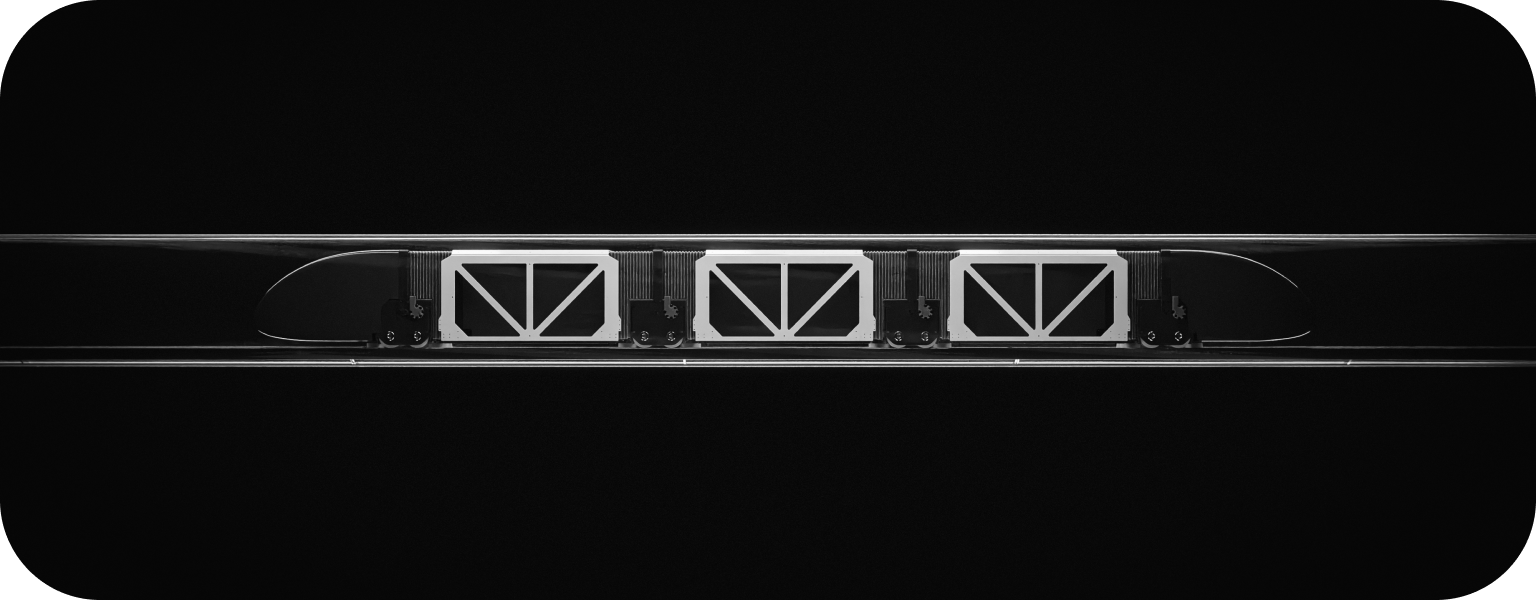“Ren Tech”— Renaissance Technology —is a thematic approach to investing I have developed at Starship Ventures that utilizes past innovations as an aid for investing in the future. I have always loved history and by studying the people and ideas that came before us we can use the past as a roadmap for building a better future.
History doesn’t repeat itself, but it often rhymes and as explorers in this new age we are able to build upon the work done by those that came before us. I define a Ren Tech approach to company building as an implementation and revival of a technology that had previously been consigned to history. Ren Tech companies are often led by visionary founders, bring immense change to industries, and ignite a wave of startups pursuing the same set of technologies in their wake.
Ren Tech is not a recent phenomenon. The pages of Leonardo da Vinci’s & Thomas Edison's writings were teeming with brilliant ideas that eventually came to pass, brought to bear by future tinkerers yet to be born. We can thank da Vinci for the concepts that became robots, parachutes, helicopters, and scuba equipment; Edison conceptually invented movies, the mining separator, solar panels, and more.
Ren Tech founders compound the technological innovations of our forerunners, and pair this with the contextual understanding to know when the time is right to remix a dormant idea from history. Many successful Ren Tech companies have been the catalyst for accelerated growth of entire industries. There are five primary conditions of change that I typically assess when evaluating prospective Ren Tech investments:


























.png)